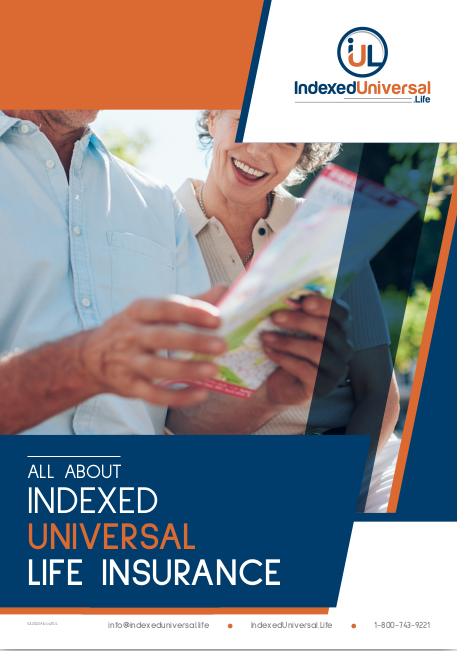
Although we can’t always stop the unexpected from happening, there are occasions when we can shield our families and ourselves from the worst financial consequences. This is why you should choose the appropriate type and amount of insurance based on your unique circumstances, lifestyle, children, age, and work perks.
4 Types of Insurance Everybody Needs
1. Life Insurance Coverage
Whole life policies and term life policies are the two fundamental types of life insurance.
In addition to serving as an insurance product, whole life can also be utilized as a source of savings, as it comes with both a death benefit and cash value component. You can take out a loan, withdraw, or cancel the insurance to take out the cash value.
Term life insurance keeps your rates consistent and covers you for specific periods within 10 to 30 years. A term life insurance policy, often the least expensive, can cover the years that a home debt is in default or the duration of your children’s college careers.
If your family depends on your income, life insurance is extremely crucial. Experts advise purchasing insurance that pays out 10 times your annual salary.
Include funeral costs when calculating the total amount of life insurance coverage you need. Then determine the cost of everyday living for your household and your mortgage payments, credit card debt, unpaid debts, taxes, child care expenses, upcoming education expenses, and others.
More than half of U.S. households depend on multiple incomes, according to a 2021 LIMRA survey. The survey also discovered that 25% of households would face financial difficulty within a month of losing a wage earner.
2. Insurance for Health
Health insurance can be purchased privately for yourself and your loved ones by reaching out to health insurance companies directly or through a health insurance agent, employer, the federal health insurance marketplace, or other sources.
According to the CDC’s National Center for Health Statistics, 9.2% of Americans did not have health insurance in 2021. The other 40% were covered by government-funded programs, including veterans’ benefits programs, Medicaid and Medicare, and the Affordable Care Act-enacted federal marketplace. More than 60% obtained coverage through employment or the private insurance market.
Even a small amount of coverage is preferable to none if your finances are tight. You may be one of the over 80 million Americans who qualify for Medicaid if your income is modest.
3. Coverage for a Long-Term Disability
Long-term disability insurance covers individuals who are unable to continue working. According to the SSA, one in four people entering the workforce will become incapacitated before retirement age.
Hospitalization and medical expenditures are covered by health insurance, but you are typically responsible for all the costs that your salary would have covered. Most companies provide short-term and long-term disability insurance as a part of their benefits package.
If your employer doesn’t offer long-term insurance, consider the following before purchasing insurance on your own:
• An insurance policy that guarantees income replacement is the best option.
• Various factors influence the cost of disability insurance, including age, lifestyle, and health. Many plans cover 40% to 70% of your salary. The typical cost is 1% to 3% of your yearly salary.
4. Vehicle Coverage
Data from the NHTSA shows that about 31,720 people died in traffic accidents in the United States in the first 9 months of 2021.
The few jurisdictions that don’t require auto insurance nonetheless hold drivers financially liable for any damage or injuries they cause. Nearly all states mandate that drivers have auto insurance. You have the following choices when buying auto insurance:
- Liability coverage: Pays for damage you do to other people’s property and injuries they sustain if you are at fault in an accident. It also pays for court expenses and verdicts or settlements if you are sued due to an accident.
- Comprehensive and collision coverage: This type of insurance pays for the repair or replacement of your car regardless of who was at fault.
- Uninsured/underinsured motorist (UM) coverage: This insurance covers your medical bills and those of your passenger, as well as any lost wages and pain and suffering claims if an uninsured or underinsured driver impacts your car.
- Medical payment coverage (MedPay): This helps pay for your medical expenses. It can provide between $1,000 and $5,000 for you and your passenger(s) if you are injured in an accident.
- Personal injury protection (PIP) insurance: This helps reimburse you and your passengers for expenses like rehabilitation and lost wages.
Contact Information:
Email: [email protected]
Phone: 4028853781

